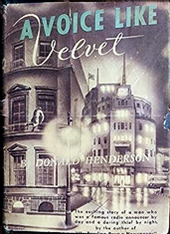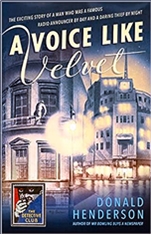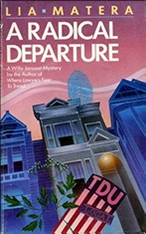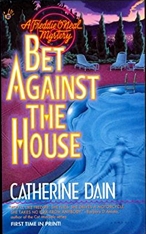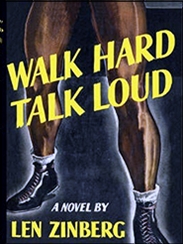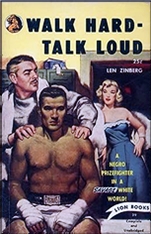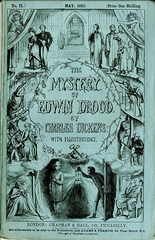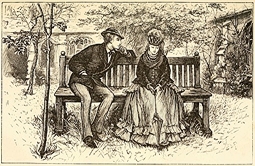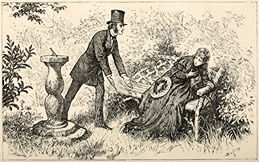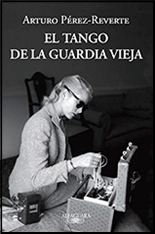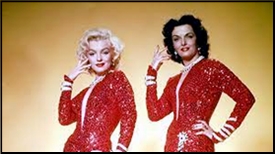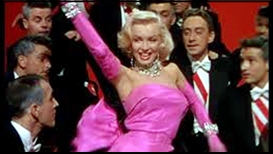Tue 15 Aug 2023
A 1001 Midnights Review: PETER DICKINSON – The Last Houseparty.
Posted by Steve under 1001 Midnights , Reviews[3] Comments
by Marcia Muller
PETER DICKINSON – The Last Houseparty. Pantheon, US. hardcover, 1982. Published earlier in the UK by Bodley Head, hardcover, 1982.
Peter Dickinson is both the author of classical detective stories and a reviewer of mystery fiction for Punch, where he was an assistant editor for seventeen years. His early novels featured the very British Superintendent James Pibble of Scotland Yard; in many of his later books he moved into the area of psychological suspense and amateur detection.
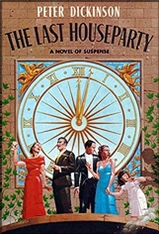
Although the structure of the majority of his stories is classic-a murder, a number of suspects. and often a closed environment such as the English country house-the settings and characters are anything but ordinary. As Dickinson himself says, “I tend to overpopulate my books with grotesques.” But if he tends to the bizarre or eccentric, Dickinson also has the ability to make us believe implicitly in the existence of these people and places, and in the plausibility of the events they participate in.
The Last Houseparty is a historical mystery set in three time frames: 1937, when most of the action takes place; 1940 (briefly); and 1980, when the mystery is resolved. The author tends to skip among these without giving the reader much warning, and in the first few chapters this is very disorienting; after we become familiar with the characters, it is easier to recognize which time frame we are in.
The main action of the novel takes place at Snailwood, a grand English estate whose tower contains a fabulous clock, replete with moving figures that perform on the quarterhour. In 1937 the estate is the domain of Lord Snail wood and his second wife, the Countess Zena. who is famous for her weekend “dos” and “superduperdos” to which illustrious personalities are summoned. Zena’s current house party is to be a political one, and various people — including an Arab prince, a professor with high connections, and Lord Snailwood’s two nephews, one a publisher, the other a soldier — are to debate, in bright cocktail-party chatter, the world situation.
The weekend begins successfully, with even a budding romance between Countess Zena· s new secretary and the publisher nephew in the offing. But it soon degenerates and dark events take place that result in the traumatization of a young girt, the disappearance of the soldier nephew, an old man’s near fatal heart attack, the clock stopping permanently-and this being the last of Zena’s famous parties.
Of course, Dickinson does not reveal all these events at once; the story builds slowly, beginning in the present, with Snailwood now a “stately home” open for public display by the financially strapped heir. He then takes us back to 1937 and the arrival of the party guests; next, forward to the African desert in World War II. We gradually realize that terrible events have destroyed the Snailwood family, and we see what they apparently were, we also realize that there is even more under the surface. This is an intriguing novel that will keep you guessing right up to the final revelations.
———
Reprinted with permission from 1001 Midnights, edited by Bill Pronzini & Marcia Muller and published by The Battered Silicon Dispatch Box, 2007. Copyright © 1986, 2007 by the Pronzini-Muller Family Trust.
